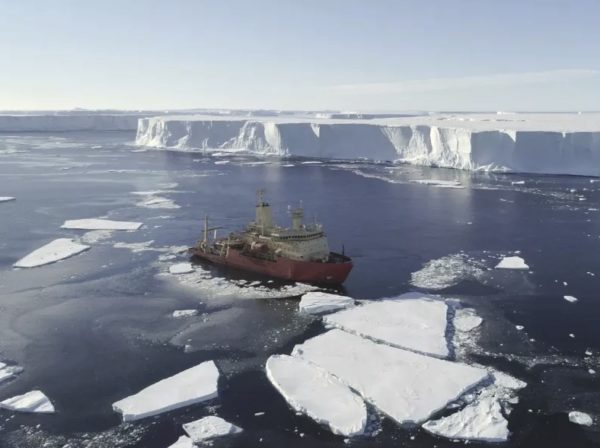
A robotic submarine has returned from the dark underbelly of one of Antarctica’s largest glaciers with chilling news — it could be melting faster than we previously thought.
Thwaites Glacier, a gigantic ice shelf in West Antarctica, has been on climate scientists’ radars for two decades now. But they didn’t know just how fast the glacier was melting, and how close it was to complete collapse, until researchers sent an unmanned submarine below the ice shelf.
The first measurements ever performed in the dark waters under the 74,000 square mile (192,000 square kilometers) chunk of ice revealed a disquieting piece of information: A previously underestimated current of warm water is flowing from the east, whittling away at several vital “pinning points” that anchor the shelf to the land.
The glacier acts like a cork in a wine bottle, stopping the rest of the ice in the region from flowing into the sea, so Thwaites Glacier’s collapse could potentially take the rest of the West Antarctic Ice Sheet with it, causing a 10-foot (3 meter) rise in global sea levels.


